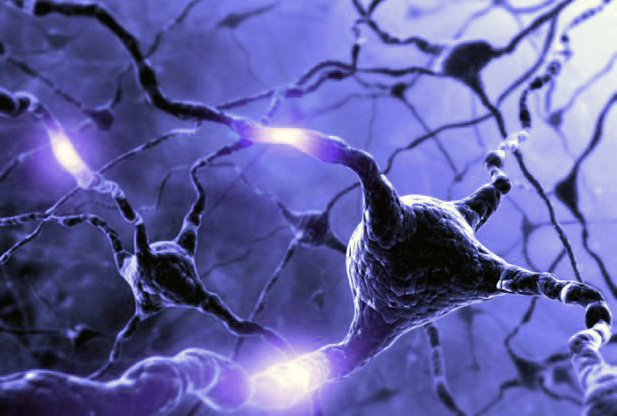
The Obesity Epidemic
In 2014, researchers estimated that there were more than 1.9 billion adults worldwide who were overweight. Of these individuals, over 600 million were categorized as “obese.” Obesity is defined by the World Health Organization as “abnormal or excessive fat accumulation that presents a risk to health.” Although it is a preventable chronic disease, obesity (and the resultant healthcare costs) are a major problem for both individuals and society at large. If it persists in an individual, obesity can lead to a host of other chronic diseases, such as diabetes, cardiovascular disease, and even cancer.
As such, it is important to pin down the various factors that contribute to obesity and come up with effective ways to combat it.
To that end, to date, obesity has been linked to several causes, including genetics. Another prominent cause is, of course, the brain. Upon closer examination, this makes sense, as the brain largely regulates cravings and appetite; however, scientists want to pin down the exact areas of the brain that impact obesity and weight gain.
Previous studies have indicated that the prefrontal cortex, the part of the brain responsible for behavior regulation and decision making, is more active in lean people. Now, new research from scientists at the Phoenix Epidemiology and Clinical Research Branch may have made a firm connection between the two. In a new study, it was found that non-invasive stimulation of the prefrontal cortex reduces calorie intake and increases weight loss in obese adults.
The Study
As is generally true of initial studies, the sample size was rather small. Nine obese men and women were chosen to participate in the study. They stayed at the research facility twice, each visit lasting 8 days. The subjects ate a weight-maintaining diet for 5 days. They then received either fake or active transcranial direct current stimulation over the course of the succeeding 3 days.
The active tDCS stimulated the prefrontal cortex region, which also controls the brain’s reward pathways, such as sex, social interactions, and (of course) food.
After the treatment, the subjects drank and ate as much as they wanted. Four subjects who received fake tDCS during both stays ate the same number of calories on each visit and didn’t lose any weight. The other 5 who received fake stimulation during the first stay and active stimulation during the second stay consumed 700 fewer calories and lost 0.8 pounds during the latter.
Of course, these are just the initial findings, so independent organization will need to verify the results, and follow up studies with larger participants will need to be conducted. But it could lead to a better understanding of obesity and ways that it can be mitigated.